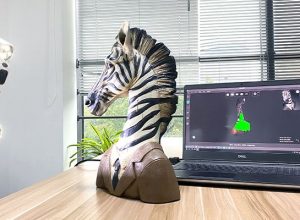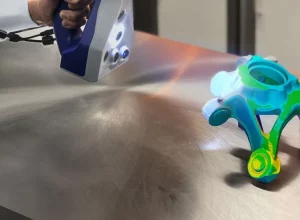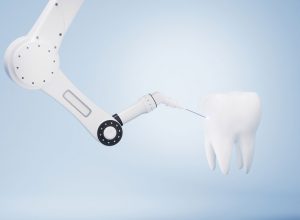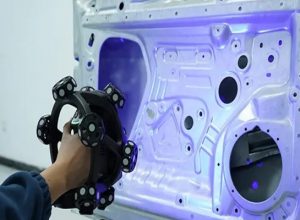Contents
- 1 3D Scanning for Reverse Engineering: A Technical Overview
- 1.1 Understanding 3D Scanning Technology
- 1.2 Technical Principles and Methodologies
- 1.3 Reverse Engineering Applications
- 1.4 Technical Scanning Parameters
- 1.5 Industrial Implementation Challenges
- 1.6 Core Scanning Methodologies
- 1.7 Benefits of 3D Scanning in Reverse Engineering
- 1.8 Technical Challenges in 3D Scanning
- 1.9 Advanced Processing Techniques
- 1.10 Industrial Applications
- 1.11 Future Technological Trajectory
3D Scanning for Reverse Engineering: A Technical Overview
Understanding 3D Scanning Technology
3D scanning represents a sophisticated method of capturing the precise geometric characteristics of physical objects, transforming physical artifacts into digital 3D models. This technology plays a critical role in reverse engineering processes across multiple industries, enabling comprehensive digital recreation of existing components and structures.
Technical Principles and Methodologies
3D scanning leverages advanced optical, laser, and structured light technologies to generate highly accurate digital representations of physical objects. By capturing millions of data points through precise surface measurement techniques, these systems can recreate complex geometries with submillimeter accuracy. Different scanning methodologies include contact-based probing, laser triangulation, photogrammetry, and structured light scanning, each offering unique advantages for specific engineering applications.
Reverse Engineering Applications
In reverse engineering contexts, 3D scanning serves as a transformative tool for understanding complex mechanical, architectural, and industrial designs. Engineers can non-destructively capture intricate component details, enabling precise digital model generation without dismantling original artifacts. This technology proves particularly valuable when original design documentation is unavailable or when analyzing legacy equipment and components.
Technical Scanning Parameters
| Scanning Parameter | Typical Range | Impact on Precision |
|---|---|---|
| Point Cloud Density | 0.1 – 0.01 mm | Higher density increases model accuracy |
| Scanning Resolution | 0.05 – 0.5 mm | Determines surface detail reproduction |
| Measurement Accuracy | ±0.05 – 0.2 mm | Critical for precise engineering reconstruction |
Industrial Implementation Challenges
Despite its transformative potential, 3D scanning presents several technical challenges. Complex geometries with reflective or translucent surfaces can complicate accurate data capture. Additionally, extensive post-processing is often required to clean and align point cloud data, demanding sophisticated software and expert interpretation skills. Material properties, surface textures, and environmental conditions significantly influence scanning performance and resultant digital model fidelity.
Core Scanning Methodologies
Several prominent 3D scanning techniques exist, each with unique capabilities:
- Laser Triangulation Scanning: Utilizes laser projection and camera systems to capture surface geometries with high precision
- Structured Light Scanning: Projects intricate light patterns onto objects to measure surface contours
- Photogrammetric Scanning: Reconstructs 3D models through advanced image analysis and computational algorithms
Benefits of 3D Scanning in Reverse Engineering
| Benefit | Description |
|---|---|
| Dimensional Accuracy | Captures complex geometries with micron-level precision |
| Rapid Prototyping | Accelerates product development cycles by quickly generating digital models |
| Legacy Part Reproduction | Enables recreation of obsolete or unavailable components |
Technical Challenges in 3D Scanning
Despite its advantages, 3D scanning presents several technical complexities:
- Surface reflectivity and material composition can impact scanning accuracy
- Complex geometries require multiple scanning angles for comprehensive coverage
- Post-processing demands sophisticated software and computational resources
Advanced Processing Techniques
Successful reverse engineering through 3D scanning requires sophisticated data processing:
- Point cloud alignment and registration
- Mesh generation and surface reconstruction
- Geometric feature extraction and CAD model conversion
Industrial Applications
3D scanning finds critical applications in aerospace, automotive, medical device manufacturing, and heritage preservation, demonstrating its versatility in capturing intricate physical details for digital reconstruction.
Future Technological Trajectory
Emerging technologies like artificial intelligence and machine learning promise to enhance 3D scanning capabilities, potentially improving accuracy, reducing processing time, and expanding potential application domains.






